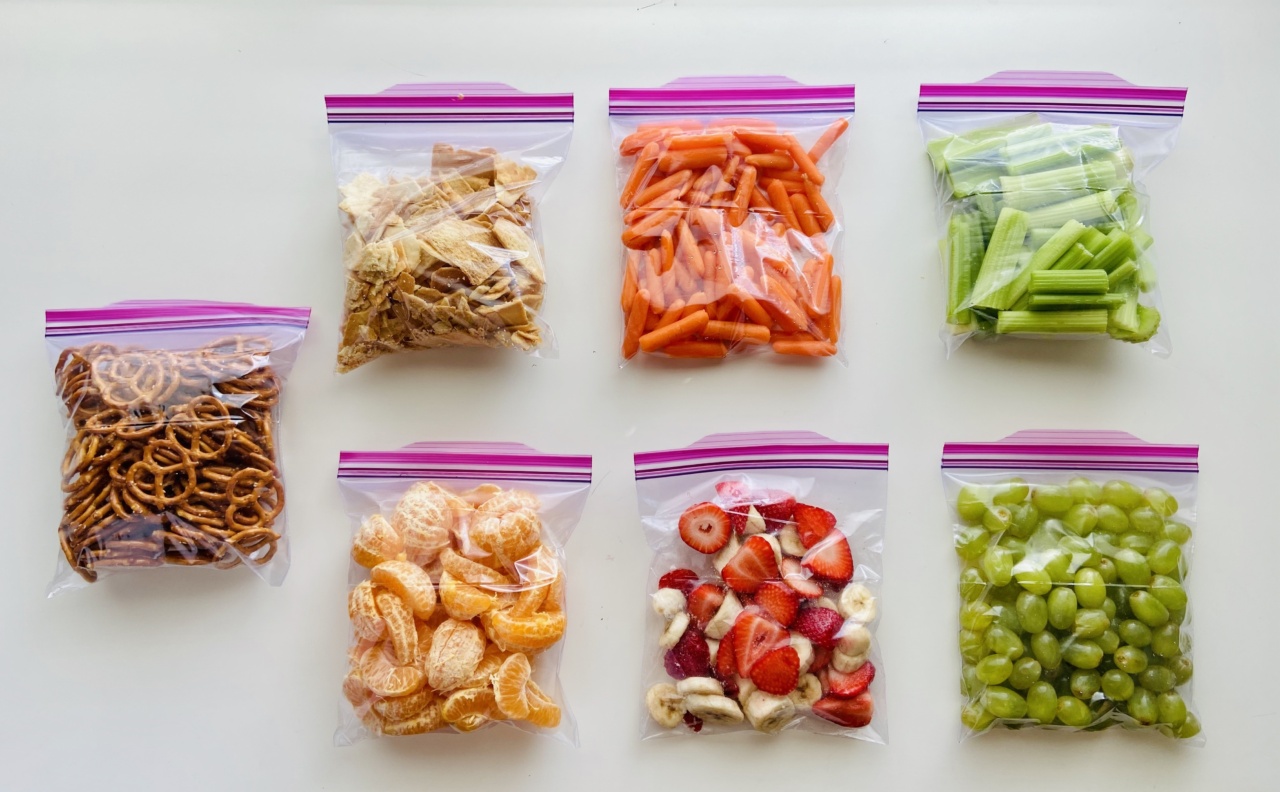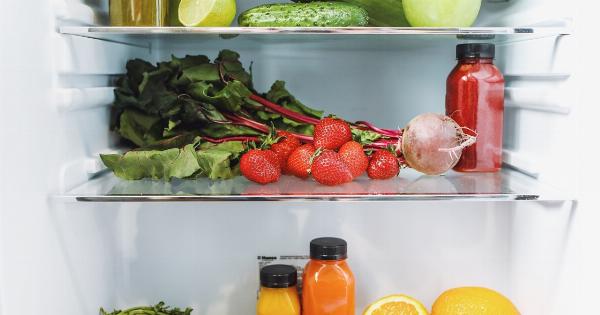Fruits and vegetables are essential ingredients of a healthy diet as they provide a variety of nutrients and minerals that are required by the body. Proper storage of these foods can ensure that they stay fresh and retain maximum nutritional value.
However, many times we make the mistake of storing certain fruits and vegetables together, which can lead to premature spoilage and deterioration.
In this article, we will discuss the fruits and vegetables that should be kept apart in storage to ensure their freshness and longevity.
1. Apples and Bananas
Apples and bananas are two of the most commonly eaten fruits, but they should not be stored together. Apples give off a gas called ethylene while they ripen, which can cause bananas to ripen too quickly and turn brown.
To prevent this, store apples in a separate container or drawer from other fruits and vegetables.
2. Tomatoes and Cucumbers
Tomatoes and cucumbers are often paired together in salads and dishes, but they should not be stored together. Tomatoes are sensitive to ethylene gas and will ripen and spoil quickly if stored with cucumbers.
Keep them in separate containers or drawers to maintain their freshness.
3. Onions and Potatoes
Onions and potatoes are root vegetables that are best stored separately. If they are stored together, the onions can release moisture, which can cause the potatoes to rot.
Keep them in separate baskets or containers at room temperature to prevent spoilage.
4. Avocados and Citrus Fruits
Avocados and citrus fruits like oranges and lemons should not be stored together. This is because citrus fruits produce high levels of ethylene gas, which can cause the avocados to over-ripen and spoil quickly.
Keep the avocados in a separate container or drawer to maintain their freshness.
5. Berries and Melons
Berries and melons are two fruits that should be stored separately. Berries are delicate and can easily absorb the moisture from melons, causing them to spoil faster.
Keep them in separate containers or drawers, and be sure to rinse the berries thoroughly before consuming.
6. Peppers and Figs
Peppers and figs are two fruits that should not be stored together. Peppers are sensitive to the ethylene gas produced by figs and can cause them to spoil quickly. Keep them apart in separate containers or drawers to maintain their freshness.
7. Garlic and Basil
Garlic and basil are two ingredients that are commonly used together in Italian cuisine, but they should not be stored together. Garlic can cause the basil to wilt and turn brown quickly. Store them separately to prevent spoilage.
8. Carrots and Broccoli
Carrots and broccoli are two vegetables that should be kept apart in storage. Carrots emit a gas that can cause broccoli to yellow and become bitter. Keep them in separate containers or drawers to maintain their freshness.
9. Asparagus and Mushrooms
Asparagus and mushrooms are two vegetables that should be stored separately. Asparagus gives off a gas that can cause mushrooms to spoil quickly. Keep them apart in separate containers or drawers to maintain their freshness.
10. Pineapple and Anything
Pineapple is one of those fruits that should always be stored separately from other fruits and vegetables. Pineapple contains high levels of bromelain, which is an enzyme that can cause other fruits and vegetables to break down and spoil quickly.
Keep pineapples in a separate container or drawer to maintain their freshness.
By keeping these fruits and vegetables apart in storage, you can ensure their freshness and longevity. Proper storage techniques are essential to maintaining maximum nutritional value and avoiding premature spoilage.
Remember to keep them apart, and enjoy the benefits of fresh, healthy produce!.





























